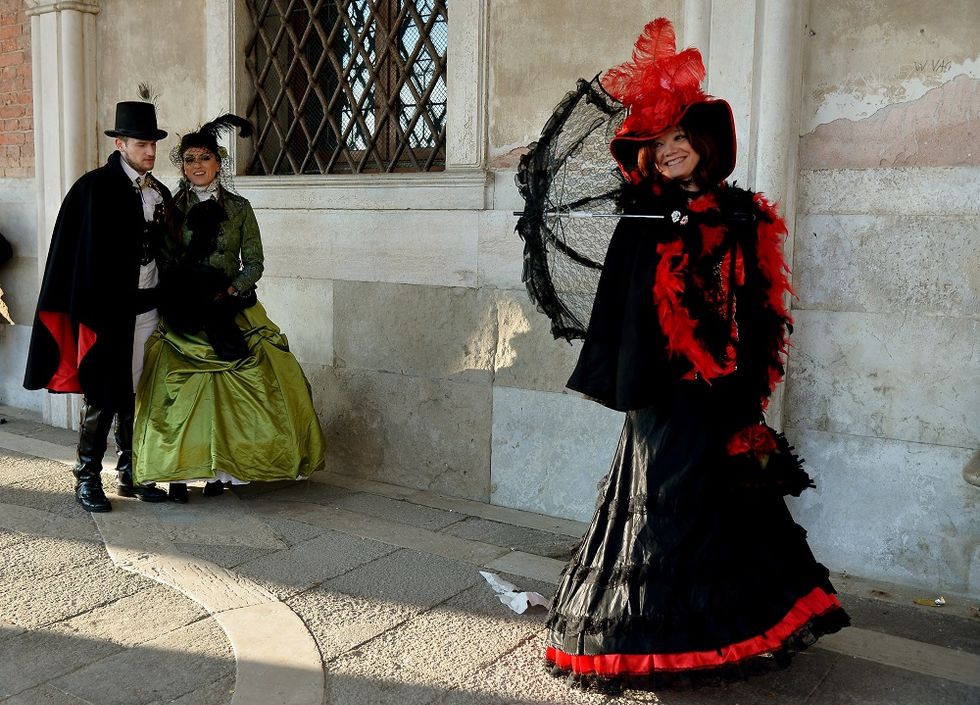How Venice celebrates Carnival
A century-old tradition keeping the image of the old powerful Republic alive
Italian people love celebrating Carnival. In February, you can enjoy Carnival parades and masquerades almost everywhere in the country, but the Venice Carnival is much more than that.
In the 13th century, Carnevale used to be a religious festival celebrated over two months from 26 December until Shrove Tuesday - the day before Ash Wednesday. It was only at the beginning of the 18th century that this religious background started being neglected and then forgotten transforming Carnival in just another occasion to celebrate any sort of excess.
The Australian magazine Italianicious recently discovered that today's popular habit of wearing a mask to celebrate Carnival in Venice is linked to a hidden side of the history of this beautiful city, when "adorning masks and disguising one's identity permitted all manner of outlandish behavior and uninhibited entertainment".
It is claimed that, in Venice, masks used to be "worn for most of the year and in some situations it was obligatory by law. At certain political events and ceremonies, masks were adorned to ensure people's anonymity. For those inclined to the gambling tables at the famous Ridotto Casino, wearing a mask was also mandatory".
It was only after the fall of the Venetian Republic in 1797 that this ritual was interrupted and masks forbidden. Some historians believe that this sudden change is at the origins of the importance Carnival has today for Venice. It was indeed only in the 1970s that the local passion for masks and mystery was brought back to life, although it had to be confined to the time of Carnival.
This limit did not stop artisans from restarting a century-long tradition of masks and decoration making, aimed at re-enacting the ancient and aristocratic Venetian way of life. Tourists may find the local habit of getting ready for Carnival taking care of all minor details of a mask as something funny, if not a bit obsessive, but for local people this is just a way to keep the image of the old powerful Republic alive.
Follow @castaritaHK


